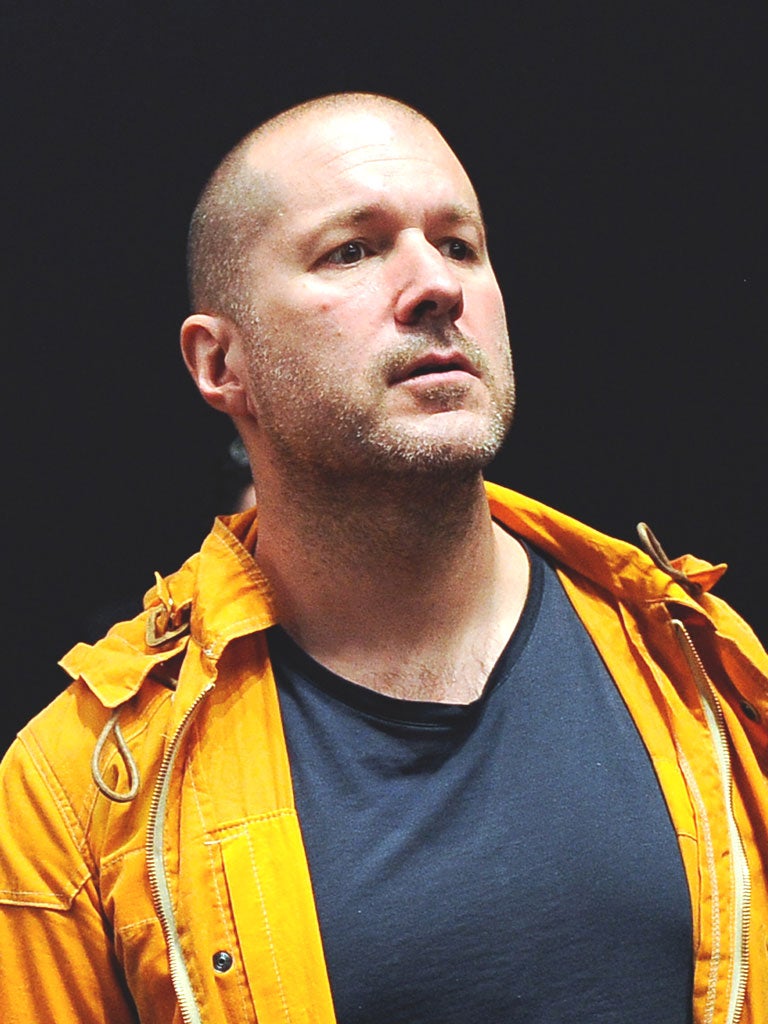Sir Jonathan Ive says he is humbled by his knighthood for services to design

Sir Jonathan Ive, "Jony" to his friends, is arguably one of the world's most influential designers. The 45-year-old was born in Chingford, East London, and went to the same school as David Beckham. He met his wife, Heather Pegg, while in secondary school. They married in 1987, have twin sons and now live in San Francisco.
As Apple's senior vice-president of industrial design, he is the driving force behind the firm's products, from the Mac computer to the iPod, iPhone and, most recently, the iPad. He spoke to i at the firm's Cupertino headquarters.
Q: You were knighted for services to design – was that a proud moment?
A: I was thrilled and at the same time completely humbled. I am aware I'm the product of growing up in England and the tradition of designing and making; of England industrialising, first. The emphasis and value on ideas and original thinking is an innate part of British culture, and in many ways, that describes the traditions of design.
Q: Why did you decide to move to the US?
A: There is a remarkable optimism and an attitude to explore ideas without fear of failure. There is a simple and practical sense that a couple of people have an idea and decide to form a company to do it. I like that practical, straightforward approach. There's not a sense of looking to generate money: it's about having an idea and doing it – I think that characterises this area.
Q: What makes Apple design different?
A: We struggle with the right words to describe the design process at Apple, but it is very much about designing and prototyping and making. When you separate those, I think the final result suffers. If something is going to be better, it is new... and if it's new, you are confronting problems and challenges you don't have references for. To solve and address those requires a remarkable focus. There's a sense of being inquisitive and optimistic and you don't often see those in combination.
Q: How does a new product come about?
A: What I love about the creative process – and this may sound naive – is this idea that one day there is no idea, and no solution, but the next day there's an idea. I find that incredibly exciting and conceptually remarkable. The nature of having ideas and creativity is incredibly inspiring. There is an idea which is solitary, fragile and tentative and doesn't have form. What we've found here is that it then becomes a conversation, although remains very fragile. When you see the most dramatic shift is when you transition from an abstract idea to a slightly more material conversation. But when you make a 3D model, however crude, you bring form to a nebulous idea, the process shifts. It galvanises and brings focus from a broad group of people.
Q: What makes a great designer?
A: It is so important to be light on your feet: inquisitive and interested in being wrong. You have that fascination with the what-if questions, but you also need absolute focus and a keen insight into the context and what is important – that is really terribly important. It's about contradictions you have to navigate.
Join our commenting forum
Join thought-provoking conversations, follow other Independent readers and see their replies
Comments